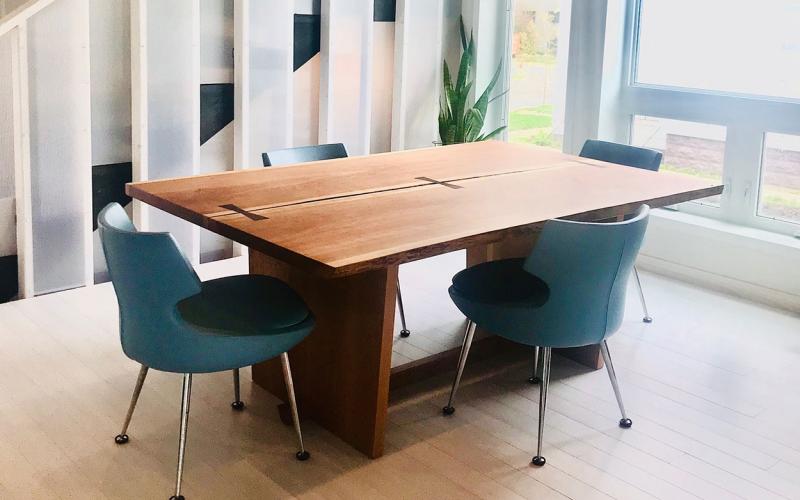Many of us take for granted the rating system used to indicate the appropriate audience for movies in the United States. The interesting thing is that movie creators have no legal requirement to follow the Classification and Rating Administration (CARA) guidelines. Yet, they do.
During the 20th Century, indicators existed that various groups were concerned about the content of motion pictures. We can speculate that intervention through the legal system was coming. The motion picture industry took action to meet public demands. As a result, they now have a rating system that is responsive to consumer demands.
The alternative could have been a movie rating system implemented through government channels. The movie industry would have faced significant barriers updating the code to reflect consumer demands. Their proactive approach allowed them to retain control of their industry and develop creative solutions to meet the demands of their consumers.
Private housing. A perfect storm is brewing.
The Americans with Disabilities Act (ADA) does not currently apply to private homes.
Several factors are setting the stage for the ADA to be expanded to private homes. Most importantly: Medicaid is the primary payer for long-term-care. Many states are shifting from nursing home care to home and community based services for people with disabilities and low-income older adults. States making this transition are finding significant cost savings.
The number of accessible homes available is the second factor. Most of the current homes are missing one or more basic accessibility features. Even when these features are present, the bathroom, laundry, and kitchen may include barriers to remaining in the home (e.g. bathroom without five foot diameter turning radius).
The final factor is the number of adults who intend to remain in their home. In fact, nearly 3 out of 5 adults older than 55 say they plan to remain in their home as they age. The most startling finding is that many adults believe their current home is adequate, with 3 out of 4 not making renovations to sustain independence as they age.
Because of the transition to home and community based services, the low number of accessible homes, and consumer demand to remain in the home indefinitely, the stage is set for the addition of accessibility to the building code.
A challenge to the building industry.
Take a cue from the motion picture industry. Make homes that promote lifelong independence a priority. At minimum include basic accessibility, but strive for the gold standard of universal design which creates homes for people of all shapes and sizes without the need for special design or adaption.
What does the building industry gain by prioritizing homes for lifelong independence?
- Autonomy
- Flexibility
- Creativity
This is an opportune time for the building industry to retain their autonomy with respect to private home construction. Proactively moving forward to ensure homes meet minimum accessibility requirements reduces the risk of intervention through government channels. As a result, the builders and architects retain the flexibility to implement creative solutions in private homes.
Concern about the cost of universally designed homes is merited. Many products that significantly increase opportunities for lifelong independence may have a greater cost. For example, an oven with a side hinge has a greater cost than the traditional bottom hinge design. My vision is for universal design to achieve the same status as indoor plumbing and electricity. Even if it wasn’t part of the building code, we would never consider building a home without plumbing or electricity to cut cost.
A long journey.
Revolutionizing our housing stock will take decades. The vast majority of our housing is inaccessible. We cannot tear it all down to replace it. We have to work to ensure new housing promotes lifelong independence, existing homes are remodeled, and that consumers make the connection between their aging in place goals and the design of their homes. The construction industry has the opportunity to lead the way.
References:
- FilmRatings.com
- The Evolution Of The Film Rating System
- Timeline for the implementation of the production (Hayes) Code
- Medicaid and Long-Term Services and Supports: A Primer
- Joint Center for Housing Studies of Harvard University
- 2016 Aging-in-Place Report


